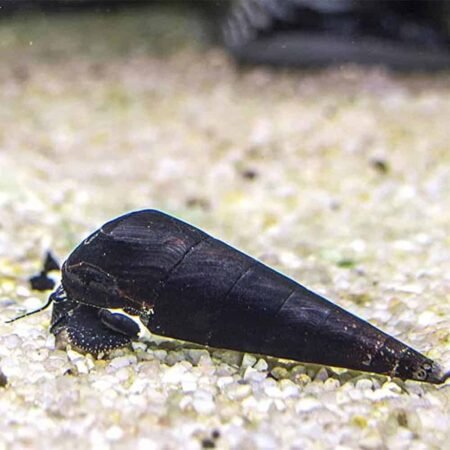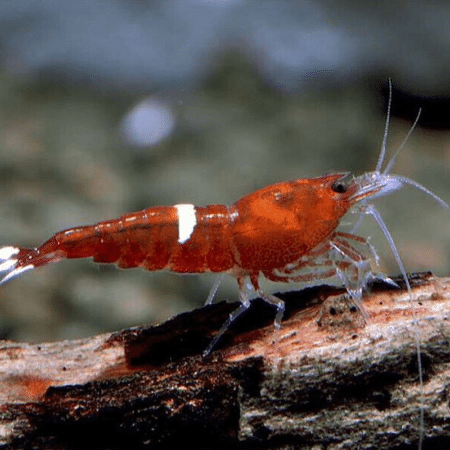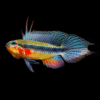-
×
-
×
-
×
Golden Eyes Vampire Crab - Geosesarma Sp. - Decapod Crustacean 2 × £8.71
-
×
-
×
-
×
Subtotal: £153.88



 Golden Eyes Vampire Crab - Geosesarma Sp. - Decapod Crustacean
Golden Eyes Vampire Crab - Geosesarma Sp. - Decapod Crustacean 













Emily Carter (verified owner) –
I recently purchased a pair of Apistogramma Agassizii «Double Red» for my 20-gallon planted tank, and I couldn’t be happier! These little guys are full of personality and their vibrant colors really pop against the lush green of my aquarium plants. After about two weeks of acclimation, they settled in beautifully, exploring every nook and cranny of their home. It’s heartwarming to watch them interact, and I’ve noticed the female has started to show signs of nesting behavior, which is a great indicator of their comfort and happiness.
Compared to other dwarf cichlids I’ve kept, the Double Red variety is truly a standout, both in temperament and beauty. They are peaceful yet exhibit the charming behavior typical of cichlids. My only minor concern is ensuring they have enough hiding spots, as they do appreciate being able to have their personal space from time to time. Overall, I highly recommend this pair for anyone looking to add a touch of color and life to their aquarium. They would be perfect for intermediate aquarists, as they require some care but are so rewarding. Definitely a worthwhile investment for your tank!
Emily Carter (verified owner) –
I recently added a pair of Apistogramma Agassizii «Double Red» to my 75-gallon community aquarium, and I couldn’t be happier! These little dwarf cichlids are such a joy to watch. It’s been two months since I introduced them, and they’ve settled in beautifully. I was initially concerned about compatibility, but their peaceful nature means they get along wonderfully with my other freshwater fish. Their vibrant colors are stunning, especially when they display during feeding time!
I appreciate that they thrive in a community setting, but I do recommend providing hiding spots with plants or caves, as it really helps them feel secure. I’ve noticed the female is particularly shy, but the male is quite the show-off! Compared to other dwarf cichlids I’ve kept, these are easier to care for and have such a charming personality.
Overall, I highly recommend this pair for anyone looking to enhance their aquarium with beautiful, engaging fish. They are perfect for both beginner and experienced aquarists. Just be sure to respect their space, and you’ll enjoy their company as much as I do!